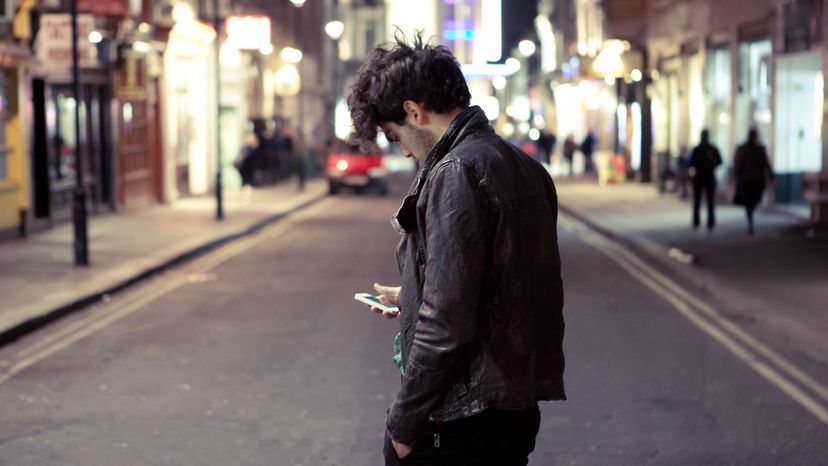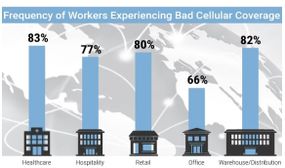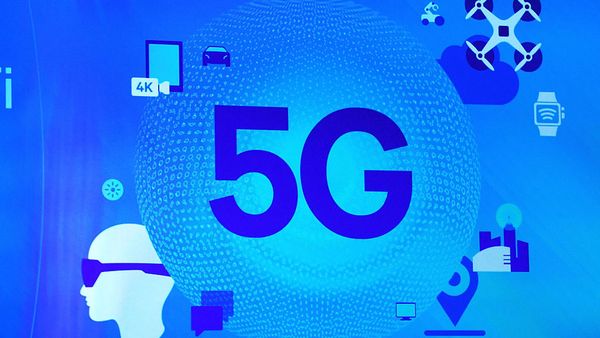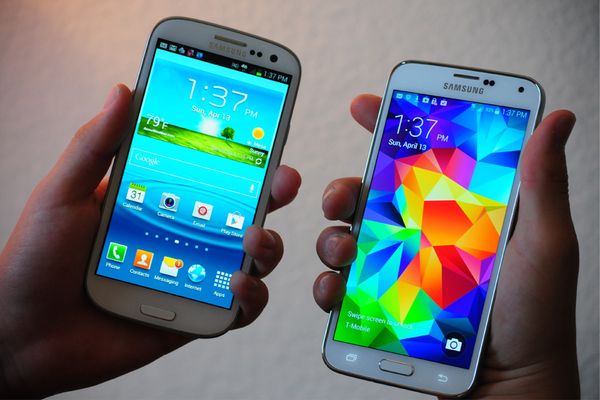
About three-quarters of cell phone users deal with the forehead-smacking exasperation of dropped calls at least occasionally according to a Pew survey. In some cases, you can simply call back your friend and pick up the conversation where you left off. In other situations – say, if you're stranded along a highway in 120 F (48 C) temperatures – a dropped emergency call might mean the difference between life and death.
Because cell phone networks and the phones themselves are such complicated systems, there are a lot of dynamic variables that contribute to problems with voice calls and data transfer. Signals seem to wax and wane, often in the same spot, for no logical reason. Why does signal quality and strength often seem less like science ... and more like black magic?
Advertisement
It's partly because electromagnetic fields constantly change, reflecting and refracting, expanding and contracting, morphing in response to a raft of variables that network engineers often anticipate but are helpless to address in real time.
Before we plunge into the finer points of dropped calls, it's worth remembering that cell phones are basically just fancy two-way radios. Just like FM/AM radios, they suffer from the effects of interference.
So, let's look at the top four reasons your phone call drops and some ways to improve your reception. Note that because cell systems are some of the most sophisticated (and confusing) systems on Earth, some of the concepts we'll introduce are oversimplified for easier understanding.
Advertisement



